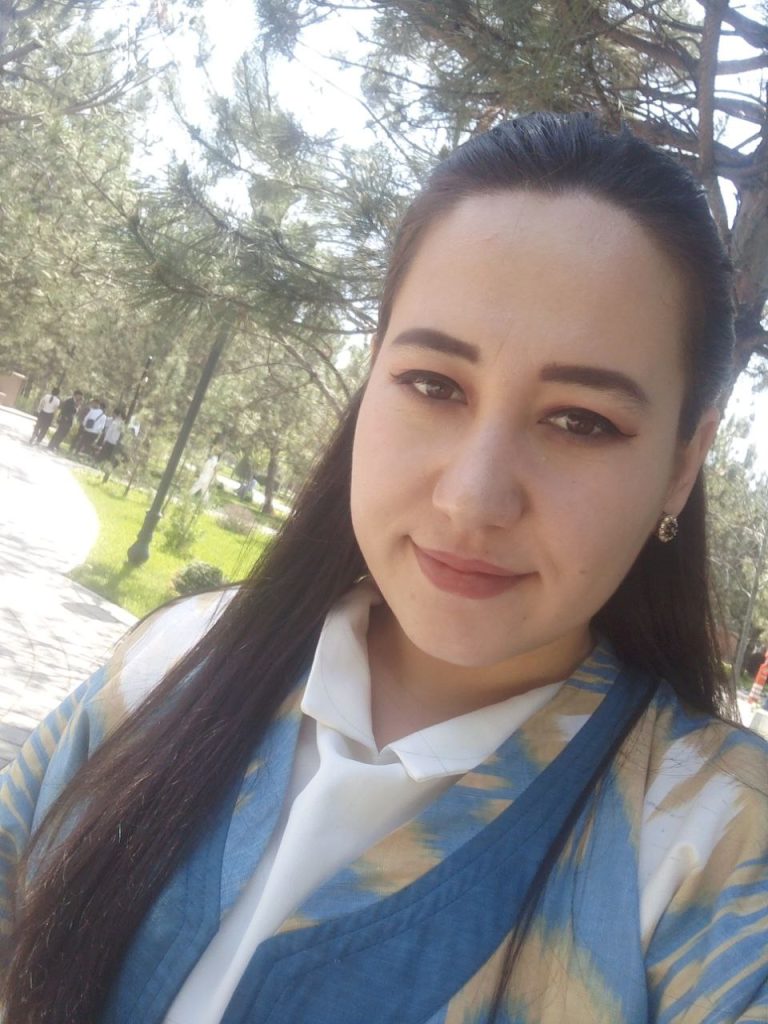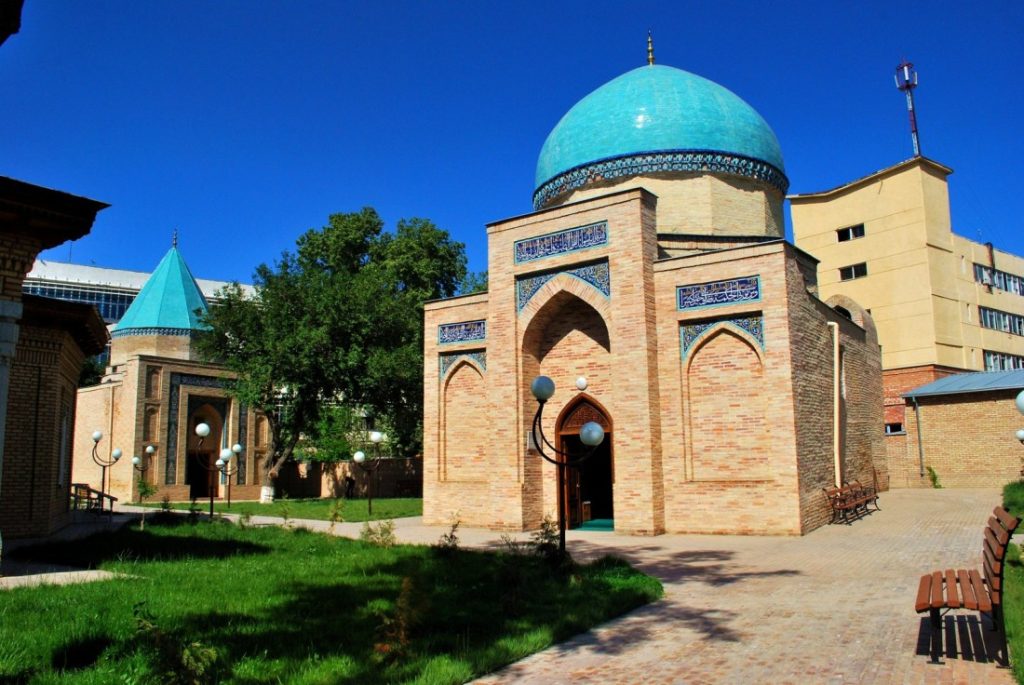
Uzbekistan is a place rich in historical monuments!
There is probably no person who has not heard about Uzbekistan. Or a lot of foreigners rushing to see its historical places and ancient buildings after hearing about it. The number of tourists coming to Uzbekistan every year is more. This, in turn, means that Uzbekistan’s place in the world is rich in historical places. I would like to give some information about the Shaikhontohur Ensemble, one of which is located in Tashkent!
The territory of the Shaikhontohur ensemble is located between Abdulla Qadiri and Alisher Navoi streets. The ensemble consists of three mausoleums: the mausoleum of Sheikh Khavandi Tohur, the mausoleum of Kaldirgochbi and the mausoleum of Yunus Khan.
Shaikhontohur was born in the end of the 13th century in the mountain village of Boghustan (where the Charvok reservoir is now located) in a family of owners. His father Sheikh Umar was a descendant of Umar the Second Caliph. The people believed that Sheikh Omar could create miracles and control natural phenomena. It is said that this great blessing was passed on to his son. Young Shaikhontohur studied Sufi teachings. According to the biographers, the Tashkent Sufi was particularly impressed by one fact: “High spiritual qualities and knowledge in the sciences are in direct proportion to the patience and indifference of a wise person compared to the rudeness of the ignorant.”
Sheikh lived and preached in Tashkent and died between 1355 and 1360. According to legends, the mausoleum over his grave was built on the initiative of Amir Temur. It is a low-rise two-room structure topped by two domes of different heights.
The building got its current appearance as a result of numerous restoration works and reconstructions at the beginning of the 19th century. Inside it, there are three dahms under the big dome and two dahms under the small dome. Out of 48 cypress trees (planted by Alexander the Great) – Alexander’s one remains in the mausoleum. This petrified coniferous tree is located inside the mausoleum, directly next to the majestic tomb of the Sheikh.
Needless to say, many people from Tashkent, Ubaidulla Khoja Ahror (1404-1490) and Yunushoja, who was the independent governor of Tashkent in the middle of the 18th century, belong to the generation of Shaikhontohurs.
Next to the mausoleum of Sheikhontohur, another mausoleum remains to this day. This is the grave of Kaldirgoyabi. This 15th-century architectural monument is distinguished from other structures in the complex by its pyramid-shaped dome and reminds of the tombs of the Kazakh steppes. indeed, under the domes of this mausoleum, the body of the famous statesman Tolabi (Kazakh) was buried. Together with the Tolabi Tashkentians, they succeeded in expelling the militant Kalmyk invader from the lands of Central Asia. The executive power appointed the independent governor of the Tashkent state, the mayor of Sheykhontohur, Yunuskhoja, as his representative in Tashkent.
Another great monument in the complex dating back to the 15th century is the mausoleum of Babur’s grandfather, Yunus Khan. This building has been restored many times. This house has a unique type, it is T-shaped and has a high arch along the top of the facade.
There are many historical places like this in Uzbekistan. It is our responsibility to visit them, adopt them and pass them on to future generations!
Tuliyeva Sarvinoz
The owner of the state award named after Zulfia
Uzbekistan

